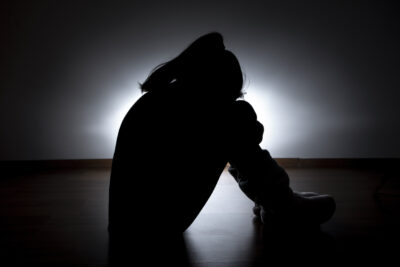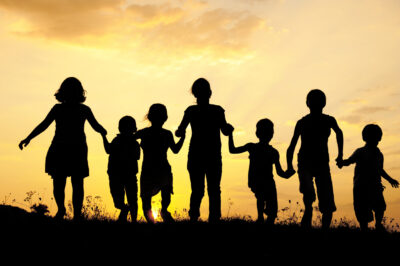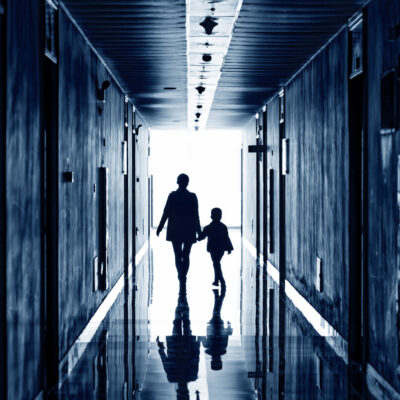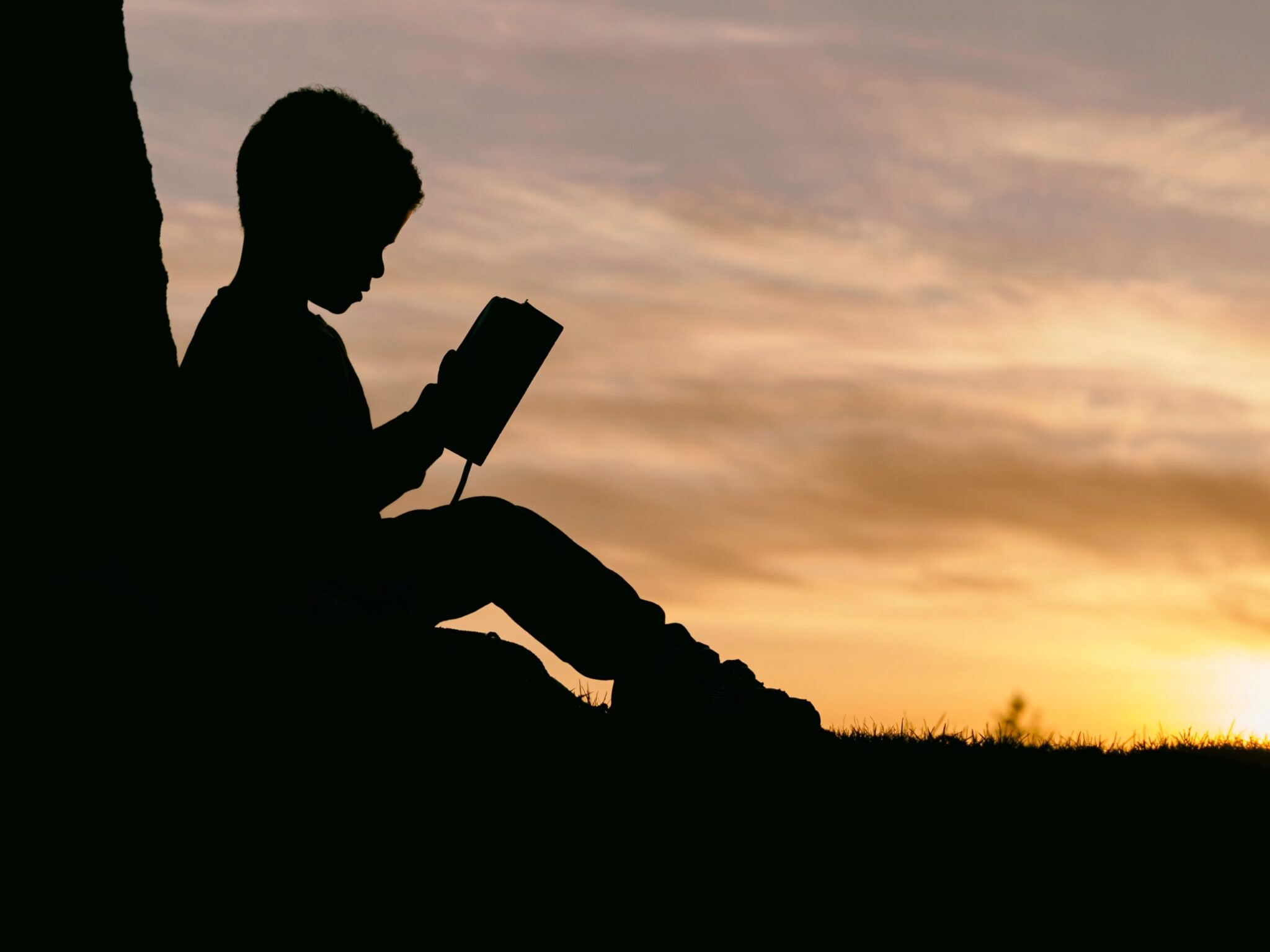Be honest.
When you heard about the 19-year-old gunman who killed a 15-year-old student and a 61-year-old-teacher and wounded several others at his former high school last week, were you even the slightest bit surprised? Were you shocked when the St. Louis police Commissioner reported that the shooter entered the school with an AR-15-style rifle, more than 600 rounds of ammunition, and more than a dozen high-capacity magazines?
When you heard about the mass shooting in Uvalde, Texas, where 19 children and two teachers were murdered at a school, were you even the slightest bit surprised?
Were you bewildered 10 days prior to that upon learning about the 10 people gunned down at a Buffalo, New York, grocery store?
Were you stunned by the July 4th rampage in Highland Park, Illinois?
I’ll bet good money the answer is “no.”
The immediate reaction was likely “not again” rather than complete disbelief that those horrific events occurred at all.
What does that say about our mindset? Our culture? Our country?
From solely my perspective, these horrific incidents — which register in our minds and then quickly fade from the headlines — tell me that too many of our elected officials care more about retaining their power than protecting us from automatic weapons.
We have an existential crisis on our hands, and we better do something about it now. Otherwise, we’ll continue to mutter “not again” over and over and over and over and …
It’s not about gun control. It’s about health and safety.
Let me be clear. I don’t own a gun, I’ve never owned a gun, and I never will. Frankly, I abhor guns, but respect the right of folks to own them. If you want a handgun to protect your home or a rifle to go hunting or even if you fancy yourself a collector of firearms, go for it. I take no issue. It’s your right.
The point in question is that there’s no practical reason for any civilian, of any age, to have access to a weapon that can end dozens of lives in mere minutes. These aren’t “guns” or even “automatic weapons” or even “AR-15s” –– these are weapons specifically designed to kill as many people as possible in the shortest amount of time. Let’s call them what they are: Killing Machines.
The AR-15 is more powerful than what American soldiers used in Vietnam. Yet, an 18-year-old who can’t legally buy a six-pack of Coors can waltz into a gun shop and purchase one as easily as a bag of Skittles. What am I missing here? How insane is that?
Much of the problem is how we frame the issue. Eliminating access to Killing Machines isn’t a “gun control” issue; it’s a health and safety issue. And anything responsible for as much unnecessary death as Killing Machines needs to be a priority for our collective safety.
Of course, some feel that once certain guns are restricted, it’ll be a stepping-stone to eliminating all guns.
Sorry, there’s no evidence for that “logic.” Zero, nada, zilch. There has never been any proposed legislation, nor any secretly recorded remark from a politician, that he or she literally wants all guns to be confiscated.
Compare the gun safety issue to how we’ve handled other dangers to our well-being:
- We discovered that cigarette smoke is dangerous, so smoking is now banned in virtually all indoor places. That doesn’t mean that smokers can’t smoke anymore; they just can’t puff away in public spaces.
- We banned lead paint, but people can still paint their houses with safer paint.
- We instituted speed limits, stop signs, and mandatory seat belt laws, but that doesn’t mean the government will eventually confiscate your car.
- We learned that asbestos causes cancer, but that doesn’t prevent you from insulating your house.
The vast majority of Americans appreciate these changes. Everyone’s safer. Why can’t we have the same collective attitude toward guns?

464. That’s how many mass shootings the U.S. has recorded in 2022 as of September 5, according to Gun Violence Archive. There were 693 mass shootings in 2021. Across the country, at least 67 shootings have happened on school grounds so far this year.
It’s beyond tragic. It’s sad, it’s frustrating, and it bruises the deepest depths of my heart and soul. It makes me angry. And I don’t even have kids.
I can only imagine what’s it like to drop off a child at school each day and wonder, “what if.” I can’t begin to imagine being a grieving parent of one of the countless children who have been gunned down at their schools.
But who am I to talk? Imagine how the kids feel. To walk into their schools every day feeling unsafe. A place that’s supposed to nurture their minds has, in too many instances, transformed into a place that instills fear. Imagine the grueling conversations teachers across our nation have had and continue to have with their scared, confused students.
Blame everything but the gun
Mere hours after the massacre in Uvalde, the usual deflections and distractions were in full stride. The junior United States senator for Texas said, “You want to talk about how we could have prevented the horror that played out across the street? Having one door that goes in and out of the school, having armed police at that one door.”
Apparently, doors now cause murder.
I soooo don’t want this blog to be political. News sources, left and right slanted, have reported that some lawmakers blame other factors for mass shootings — video games, the breakdown of the family, and mental health issues are the most frequently tapped excuses.

But even if we banned video games, even if there was never another divorce, even if everyone was as happy as a puppy, the Killing Machines would still be available. Maniacs would still be able to buy hundreds of rounds of ammo. They’d still be able to stroll into stores and shopping malls and their prior places of employment and murder 10, 20, 30, 40 people within minutes.
The most brilliant proposal, of course, is that we arm our teachers with guns. Nice. As if people trained to teach math, English, science and art will magically become expert markspeople.
Do you realize how much training it takes to become skilled with a firearm? Not only from a tactical standpoint — i.e., how to actually have proficiency with a gun — but also having the psychological resolve to keep calm and remain focused in a literal life or death situation?
Soldiers and police officers die in gunfights despite having armor, trenches, places with cover, and the best possible training. But teachers, fighting off a maniac surrounded by hysterical 10-year-olds in closed quarters (a classroom, a hallway), will somehow be able to eliminate that maniac carrying a Killing Machine? Of course, it is possible, but the teacher mindset is 1,000 light-years away from the SWAT team mindset.
What’s next? Give guns to workers at nail salons, post offices, hospitals and churches? If there were suddenly a rash of mass shootings at wineries, would we pay for guns and training for sommeliers?
It’s absurd. The one thing that would reduce the number of mass shootings — eliminating access to automatic weapons — is somehow not considered as anything that would make a difference.
On this point, America isn’t so exceptional
I love my country. Passionately, even. I’m grateful to live in a nation that offers more freedom and opportunity than any other place on the global map. I’m also distraught at our inability to get on the same page on this subject and see and address the real problem.
We lead the world in mass shootings by a wide margin. Other countries have video games, broken families, mental health issues, and multiple doors for their schools, yet they don’t suffer from the near-daily gun-related carnage as we do. Hmmm, I wonder what’s different here in the U.S.:
- In 1996, after a madman killed 35 people in 90 seconds in Australia, the government passed a bi-partisan gun control law — and they did so only 12 days after the murders. There’s been one mass shooting since that time.
- In 1987, another deranged individual murdered 16 people in Hungerford, England. One year later, the country banned semi-automatic weapons. There have been only two mass shootings since that time.
- In 2019, in New Zealand, yet another psychopath massacred 51 people. Less than 30 days later, the government outlawed possession of semi-automatic weapons and enacted a gun buy-back program.
I’m perplexed. Despite seemingly irrefutable evidence that bans on the purchase of assault-style weapons and high-capacity magazines can reduce murders, as well as the public pressure brought to bear on our elected leaders to deal forcefully with this ongoing heart-wrenching and harrowing issue, we seemingly can’t get out of our own way to tangibly address the elephant in the room. To me, this doesn’t feel like an issue around which we should be tiptoeing.
We can do this

The hopeful news is that, in the wake of multiple recent mass shootings, Congress passed its first gun control legislation in nearly three decades. The Bipartisan Safer Communities Act was signed into law on June 25. It certainly warms the cockles to see some bipartisan compromise across the aisle.
Major provisions of the act include:
- Enhanced background checks for gun buyers under the age of 21, including a review of juvenile and mental health records from the age of 16 forward.
- Closing of the “boyfriend loophole,” a gap in a law that prohibited a person from owning a gun if the person was convicted of abusing a spouse, live-in partner, or co-parenting partner … which until now did not apply to a person convicted of abusing a dating partner.
- Funding for states to establish “red flag laws,” which allow law enforcement to seize guns from individuals deemed too unsafe to possess them.
- Funding for increased school security measures.
- Funding for mental health programs.
But we can do better, a lot better. And we must. This should not be a right versus left, Republican versus Democrat, red versus blue issue. If there ever was a time and an issue when ideology should meet reality, shouldn’t it be tied to our collective safety? To come together to improve our world and way of life? Americans have consistently proven they can unite and sacrifice for the common good. We did it before for World War I, in response to the 1918 influenza pandemic, after the attacks on Pearl Harbor and 9/11, and in many other instances. I know we can do it again. And I pray that we do.


